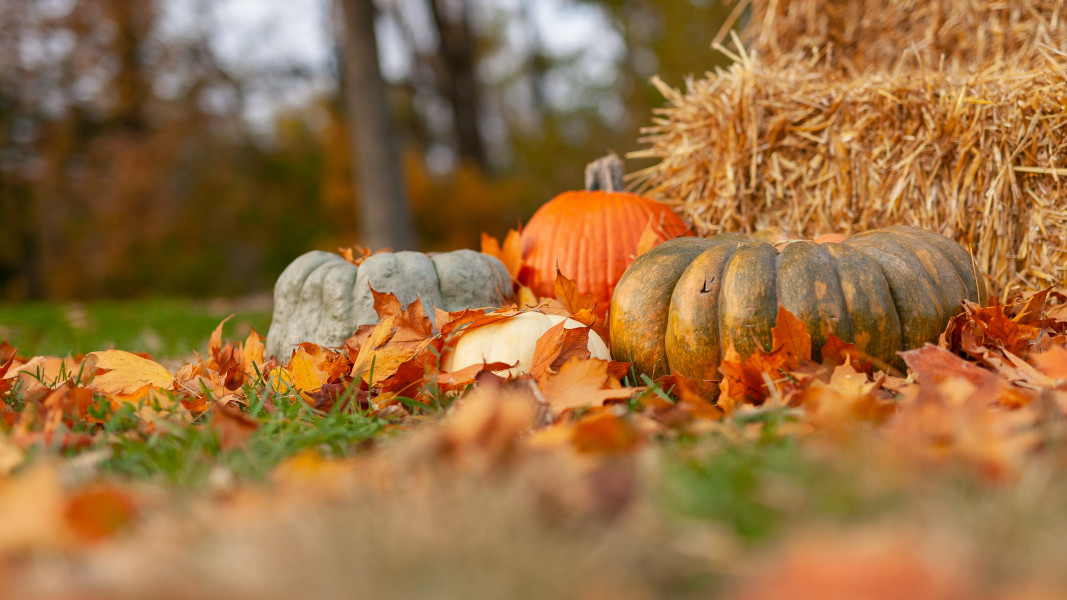How Pumpkins Became an American Mania
The American mania for pumpkins is particularly surprising, given its unfavorable origins in American history. In colonial America, the pumpkin functions as a "food of last resort," as historian Cindy Ott told Time. Not only were zucchini not as appetizing as bread and beer, but in the colonies, colonists took culinary signs from Europe, where there are few pumpkins.
But pumpkins abound in the New World. When the colonists could not find yeast to make beer, they turned to fermenting pumpkins to quench their thirst (the water was too unhygienic to drink). And because there was always zucchini, even people who pretended not to eat them went back to their basement in case the food shortage ever hit. The killer, who was going west, even took pumpkin seeds with them to plant in case of food shortages.
But after the Industrial Revolution came to America and urbanization began, nostalgia for the difficult, old-fashioned, colonial connotations that carried pumpkins began to spread. Magazines such as Harper's Week are full of poetic and artistic experiments on pumpkins, and vegetables are becoming staple desserts, especially pies, after Thanksgiving became an official holiday in 1844.
And like many others in the 20th-century, the pumpkin soon became a real commodity, becoming part of the seasonal American economy. Once cars became mass-produced household goods, farmers realized they could attract city dwellers for miles by distributing their pumpkin stickers as family destinations that reproduced an "authentic" and healthy American tradition.
This realization by small farm owners coincided with the fact that state subsidies for large farms began to grow and threatened to exclude small farmers. Just as the abundant pumpkin once saved colonists who would otherwise starve, so in the 20th century they saved many small farms. Some farmers have started attending seasonal pumpkin festivals and setting up thriving pumpkin stalls in the area around their homes.
The Pumpkins as Part of Halloween
There is no more classic image for Halloween than that of a shiny carved pumpkin placed in a window or by the entrance, creating a nasty atmosphere. Pumpkin carving has been one of the most American traditions for the fall for decades, with parties, festivals and television competitions, according to National Geographic.
An interesting tale is the story of these pumpkins for Halloween or lanterns, their significance as a decoration for Halloween and why they are carved. Although the legendary headless horseman and his pumpkin have frightened Americans for generations, the true origins of lanterns go back centuries, to Old World traditions in countries such as Ireland, England and Scotland. And nowadays many people around the world have
pumpkin flower arrangements in their homes and backyards to celebrate this holiday.
Along the way, pagan rituals, crazy legends, and natural phenomena intertwine to create a captivating story that is partly reality, partly fiction, and terribly amusing.

